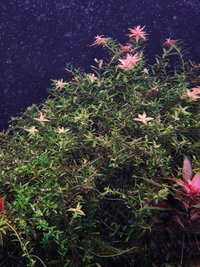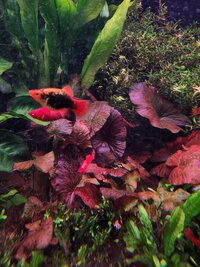Hello UKAPS! I recently made my first post on here on the CO2 thread asking about optimizing the CO2 in my tank. This post was made because I am assuming my GDA was in part due to improper CO2. However after making some changes such as, reducing temp from 28C to 25C, reducing light intensity from 100% to 50% (3 Chihiro's WRGB II pro 90), increasing CO2 injection, and increasing fertilization, I still have not seen much of an improvement on the GDA.
From what I understand algae growing on plants means they are unhealthy and leaching NH4 which the algae eats. So I need to figure out what is wrong with my plants. I am guessing I either still do not have enough CO2, or I am not fertilizing enough.
The low CO2 seems unlikely, because my drop checker is lime green at lights on, and it is getting close to yellow at the end of the photoperiod, if I increase the CO2 injection just a little bit my fish will start breathing really heavy, and I have plenty of flow as I have a 20000 LPH pump (though I guess low flow areas are still possible). I am getting a pH probe to get a better idea of the CO2 levels.
As for fertilization I am dosing the fertilizer in the pictures below, it says to dose 5 ml per 20 gallons(75 liters). I am dosing slightly under this at 80ml daily for total system volume of 1325 liters (350 gallons). I do the weekly 50% water changes. It is possible I should be dosing a lot more for my plant mass, I am not sure.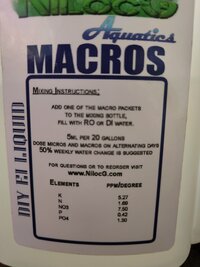
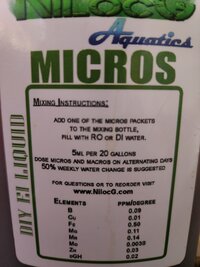
Here are some pictures of my plants, as you can see they all have a bit of GDA on them. The plants that have the most obvious sign of deficiency is the amazon sword, and the the Brazilian pennywort as the new growth looks really pale but maybe it is normal. The rotala bushes were recently trimmed.
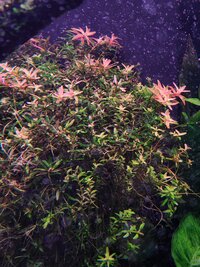

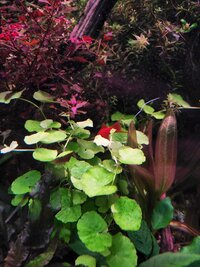

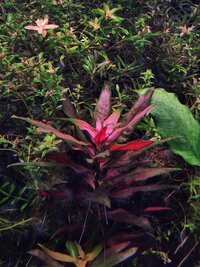
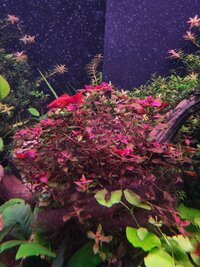
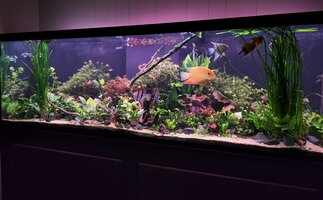
From what I understand algae growing on plants means they are unhealthy and leaching NH4 which the algae eats. So I need to figure out what is wrong with my plants. I am guessing I either still do not have enough CO2, or I am not fertilizing enough.
The low CO2 seems unlikely, because my drop checker is lime green at lights on, and it is getting close to yellow at the end of the photoperiod, if I increase the CO2 injection just a little bit my fish will start breathing really heavy, and I have plenty of flow as I have a 20000 LPH pump (though I guess low flow areas are still possible). I am getting a pH probe to get a better idea of the CO2 levels.
As for fertilization I am dosing the fertilizer in the pictures below, it says to dose 5 ml per 20 gallons(75 liters). I am dosing slightly under this at 80ml daily for total system volume of 1325 liters (350 gallons). I do the weekly 50% water changes. It is possible I should be dosing a lot more for my plant mass, I am not sure.


Here are some pictures of my plants, as you can see they all have a bit of GDA on them. The plants that have the most obvious sign of deficiency is the amazon sword, and the the Brazilian pennywort as the new growth looks really pale but maybe it is normal. The rotala bushes were recently trimmed.










